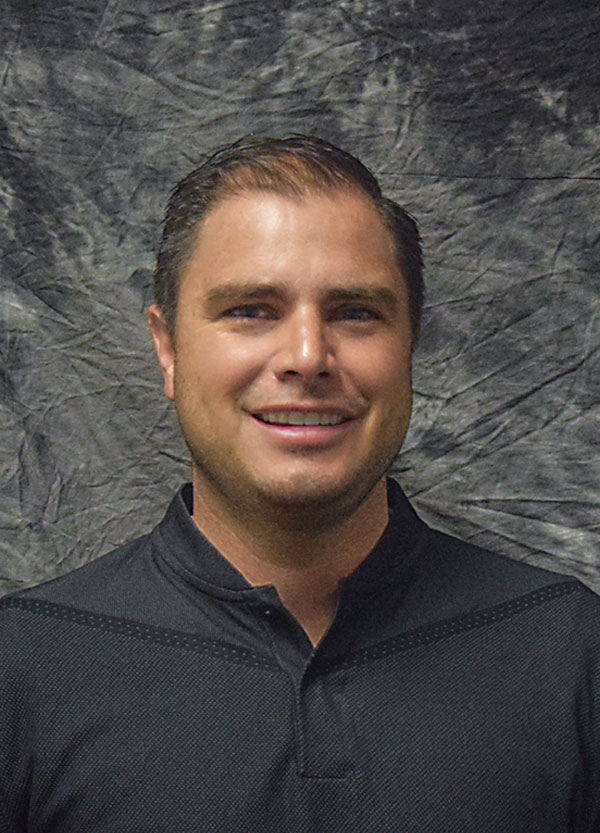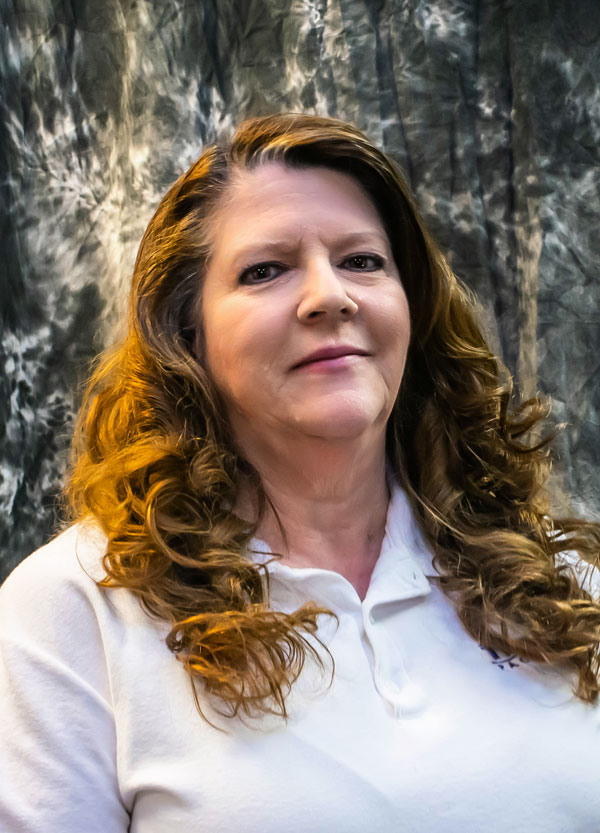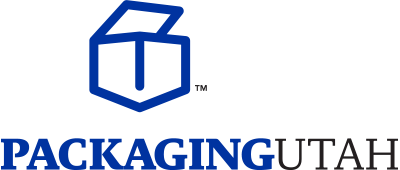Frequently Asked Questions — And Answers
If you have a question that is not listed here, please feel free to contact us with your request. We’ll answer as soon as we can!
Growth in Shrink Sleeves FAQs
Shrink sleeve labels are one of the fastest growing segments in the label industry. As companies continue to re-design their packaging and the demand for sharper, more aesthetically pleasing designs continue to rise, more companies are converting their traditional pressure sensitive labels into shrink sleeve labels. Shrink sleeves offer companies more flexibility in terms of design and makes the products stand out from the rest of the competition.
We understand that shrink sleeves can seem complicated however our experienced team of printing professionals can assist you every step of the way. As such, we’ve compiled a list of the most frequently asked questions to get you started.
How long does it take to receive a first time order of shrink sleeves?
The typical lead time is four to six weeks depending on the complexity of the job and how quickly artwork is approved. Shrink sleeve reorders take less time, about one to two weeks depending on the order.
How am I going to shrink the sleeves onto the container?
Please note that we don’t recommend applying shrink sleeves with a blow dryer, microwave or shrink wrap tunnel because shrink sleeves need to be applied with a uniform spread of heat. Shrink sleeve application should be done with equipment made specifically for shrinking, like a radiant heat tunnel, hot air tunnel, steam tunnel or hybrid tunnel.
What is the minimum number of shrink sleeves I can order?
Due to the complexity of shrink sleeve labeling, the minimum order is 5,000 shrink sleeves.
Can I receive a sample of my finished product?
Yes, we offer prototyping for an additional charge. Prototyping is usually used for sales and promotional purposes. Please contact our customer service team to learn more.
How do you measure a container for a shrink sleeve?
There are five measurements needed to determine the sleeve size: layflat size, print width, slit width, cut length and print height. To ensure the accuracy of the measurements, customers should send a sample of the container to customer Service to calculate the measurements and run a test sample of the shrink sleeve.
What is the seam?
A seam is where the edges of the shrink material are glued together to make sleeves before they become cut sleeves or sleeves on a roll. Seam location will vary from one shrink sleeve to another depending on variables like container shape and style, automatic or hand application and artwork design. The seam should be placed where it makes sense like the back or side of the product where it has the least impact on graphics.
How should shrink sleeves be stored?
The construction and material of shrink sleeves make it pretty durable for transportation and storage, however, shrink sleeves should be kept in a cool environment between the temperatures of 30 to 80 degrees Fahrenheit (ideally below 77 degrees). If shrink sleeves are stored in temperatures exceeding 100 degrees, the sleeves might prematurely shrink from the heat making them unusable for application.
What are PVC and PETG?
Polyvinyl chloride (PVC) and Polyethylene Terephthalate Glycol-modified (PETG) are two commonly used shrink sleeve materials. PVC – Easiest to control, generally the most cost effective and offers good scuff resistance. Unit cost is less and it works better on some applications than PETG. There are two types of PVC – high shrink PVC and standard PVC. PETG – Offers the best scuff resistance, has highest percentage of shrink ability and easily recyclable. It’s also more stable and readily available. More customers are choosing PETG over PVC because it’s more readily available.
Are there certain containers that can’t use a shrink sleeve?
Shrink sleeves can fit onto almost any kind of container shape and material. Shrinking a sleeve onto a shape that tapers downward, however, presents a challenge because the sleeve won’t be able to grip the bottom of the container. Additionally, the heat in the steam tunnel can do damage to a container if it’s not made to withstand above a certain temperature.
Can a shrink sleeve have a barcode or UPC code on it?
Yes, however, there are a couple factors to keep in mind to ensure the barcode will be able to scan. Printing the code on a curve can cause issues with scanning so the code should be placed on the least curved portion of the container. To improve scanning ability, make the code vertical instead of horizontal. Seam location is also important when designing the code’s location because placing the code too close to the seam can affect scanning ability.
Who should I call about equipment?
Karlville Development Group is the company we use and often refer to customers for equipment and parts.
How much should I budget for equipment?
The amount you spend on equipment varies depending on the size of your operation. At an entry level, you can spend as little as $25,000. For a fully integrated line, your costs can be hundreds of thousands of dollars for all the necessary equipment. There are copackers who will apply your sleeves if you don’t want to purchase equipment.
How much more does shrink cost than normal labels?
The material for shrink sleeves and pressure-sensitive labels are relatively the same, however, shrink sleeves use more material per application than pressure-sensitive labels. Depending on the complexity and volume of your shrink sleeves job, materials tend to cost more than traditional pressure-sensitive labels.
How do I request a quote?
You can request a quote by speaking with customer service. For an estimate quote, you will have to know the container’s circumference and height so the customer service representative can give you a more accurate estimate. For a firm quote, you must send a sample of the container to your customer service representative.
Why do high shrink areas affect color?
If an ink is not properly spread out in the places where it comes together closely, the density of the ink in the high shrink areas will increase because shrinking causes colors to appear denser. To ensure an even coloring throughout the label design, computer software is used to determine how dense the color should be in the high shrink areas.
Adhesive Tapes, Tape Dispensers, and Sealing Supplies FAQs
Packaging Utah carries a full range of adhesive tapes and supplies including pressure-sensitive and water-activated tapes and sealing strips. You’ll also find the masking, cloth adhesive, foam, and color-coded marking and warning tapes you need at Packaging Utah.
We’re the single supplier for all your tape and carton sealing needs. Plus, we won’t keep you waiting once your order is placed. In stock items ship within 24 to 48 hours.
From start to finish, Packaging Utah has you covered.
- Colorful or clear
- Single-use or high-volume packaging
- Cloth, acrylic, filament, or poly
- Custom printed or branded.
Why are there so many varieties of tape?
Adhesive tapes come in several different varieties. Some of these variations are necessary to equip the tape for a specific job. Aesthetics and ease of use also guide some tape design. So how do you choose what to use? Just tell us what you need. Your dedicated Utah Packaging account representative will help you find the right tape. Whether you need to secure your product cartons for shipping or decorate your high school color guard’s hula hoops, we have the tape for the job.
Add pizzazz to your packages with custom printed tapes.
Adding a custom printed brand image or other message to your packing tapes is an innovative and affordable way to get the most out of your carton’s real estate. Use your custom printed tape to instantly turn a plain brown box into an advertising vehicle for your brand. Show your customers you care with extra touches such as specialty tapes for different products and occasions. Utah Packaging offers several options for customization. Our expert packaging team can help you choose which tapes and patterns to convert your plain package into a powerful brand message.
Which tape is best for your packaging needs?
Here’s a closer look at three of our customers’ top picks.
Acrylic tape for a clear, durable seal.
Acrylic tape, Is the workhorse of the pressure sensitive tape industry. This lightweight tape is a popular choice for packaging and sealing boxes for shipping and storage because of its strength and durability. Acrylic tape resists aging and weathering, creating a lasting seal.
Acrylic tape can be ordered in several different gauges and widths. The controlled unwind of acrylic tape rolls makes them ideal for automated sealing systems or handheld dispensers. The flexibility and durability of acrylic tapes make them an affordable choice for most of your packaging needs.
Reinforced filament tape for extra holding power.
Also known as strapping tape, filament tape is your go-to choice when you want to keep your products where you put them. The threads of strengthening material running through each layer of filament tape make these adhesive tapes super tear-resistant. Packaging Utah carries pressure-sensitive, acrylic, rubber, and non-adhesive varieties of filament tape.
With a choice of colors, gauges, adhesives, and tensile strength, these tapes can be used to bundle heavy items, seal boxes, or secure cartons to their shipping pallets. Some varieties leave little to no residue when removed. Other filament tapes combine stretch with strength to allow slight load shifting without snapping. Some of our customers find filament tapes useful for small splicing or repair projects too.
Water activated paper tapes for a tamper-evident super seal.
Water-activated or gummed tape offers more than meets the eye when it comes to sealing your corrugated boxes and cartons. While most adhesives work best on smooth clean surfaces, water-activated tapes (WAT) adhere well even in less than ideal conditions. These tapes stand up to extremes in temperature, too.
Available in a single layer of craft paper or multi-layer varieties for added strength and tamper detection, these “plain paper” seals bond permanently to cardboard surfaces. Once moistened and applied to your box or carton, these tapes require a few seconds to form a bond. But once bonded, the seal is secure and tamper-resistant. Any attempt to peel these tapes away from your carton will leave a visible tear.
Water-activated tapes can be manually or machine dispensed. For high volumes of packaging, an electronic activator and dispenser is well worth the cost.
Send a Message
Please use the form below to contact us. We will never spam you, or sell your email to third parties. All fields marked with * are required.
Our Location
620 S 1325 W
Orem, UT 84085 USA
Let’s Talk
Phone : +1 866-516-1205
Fax : +1 801-431-0801
Working Hours
Mon – Fri: 8:00am – 5:00pm
Our Team













